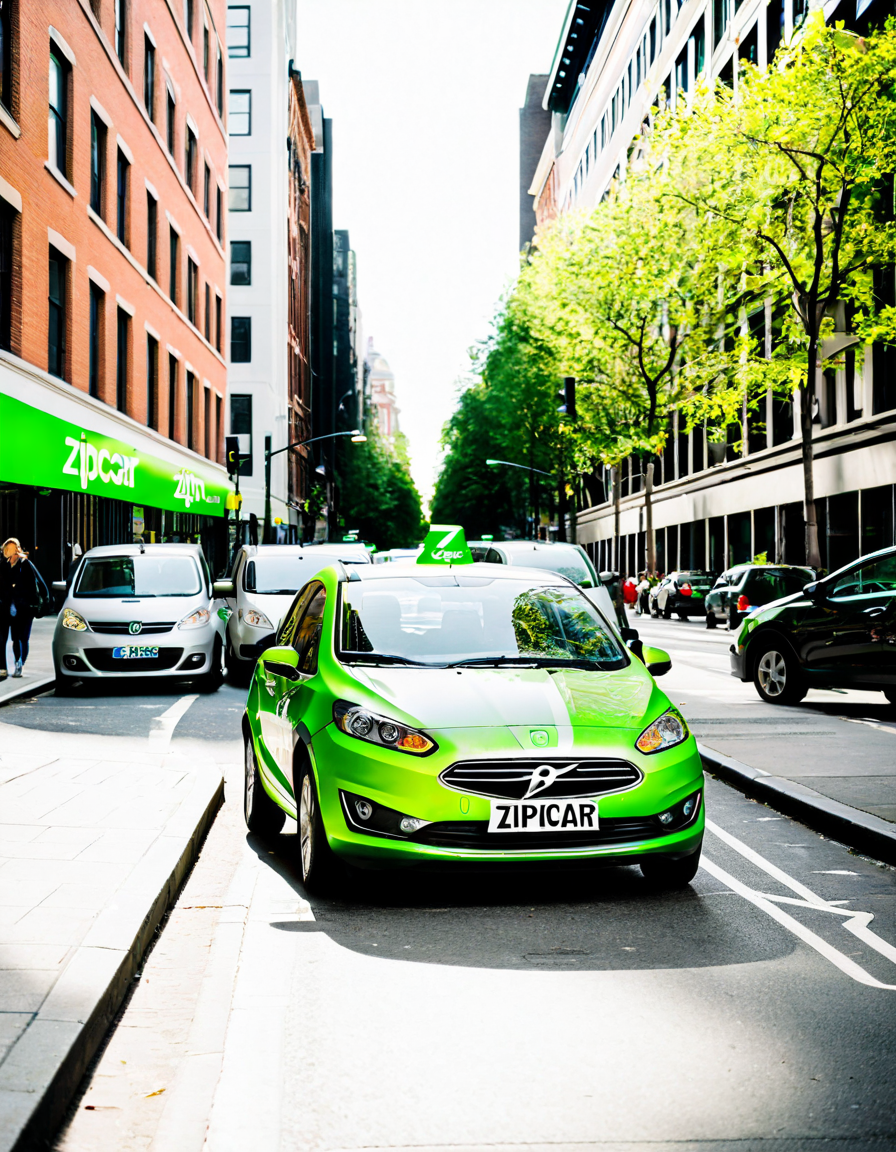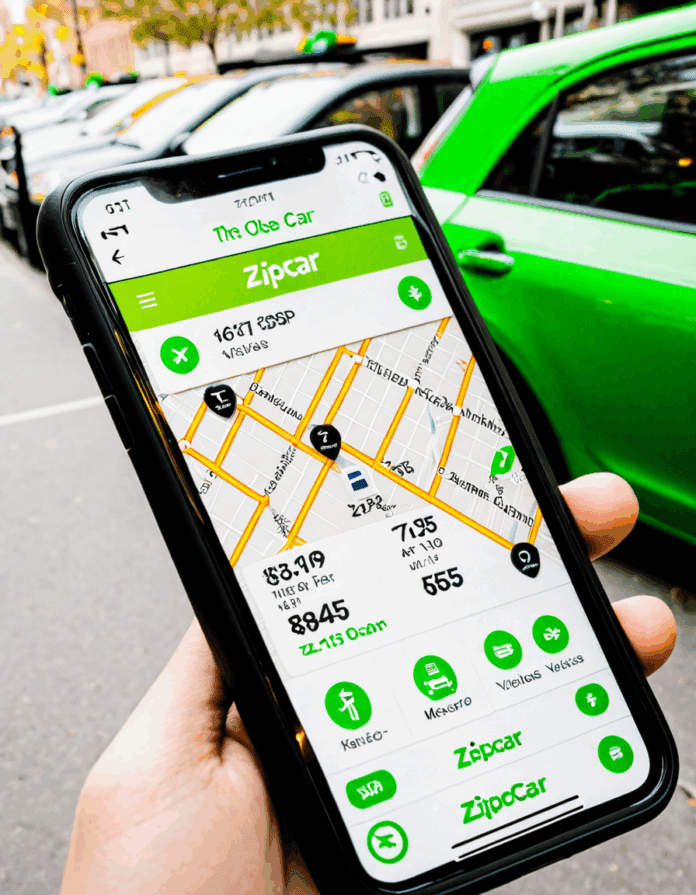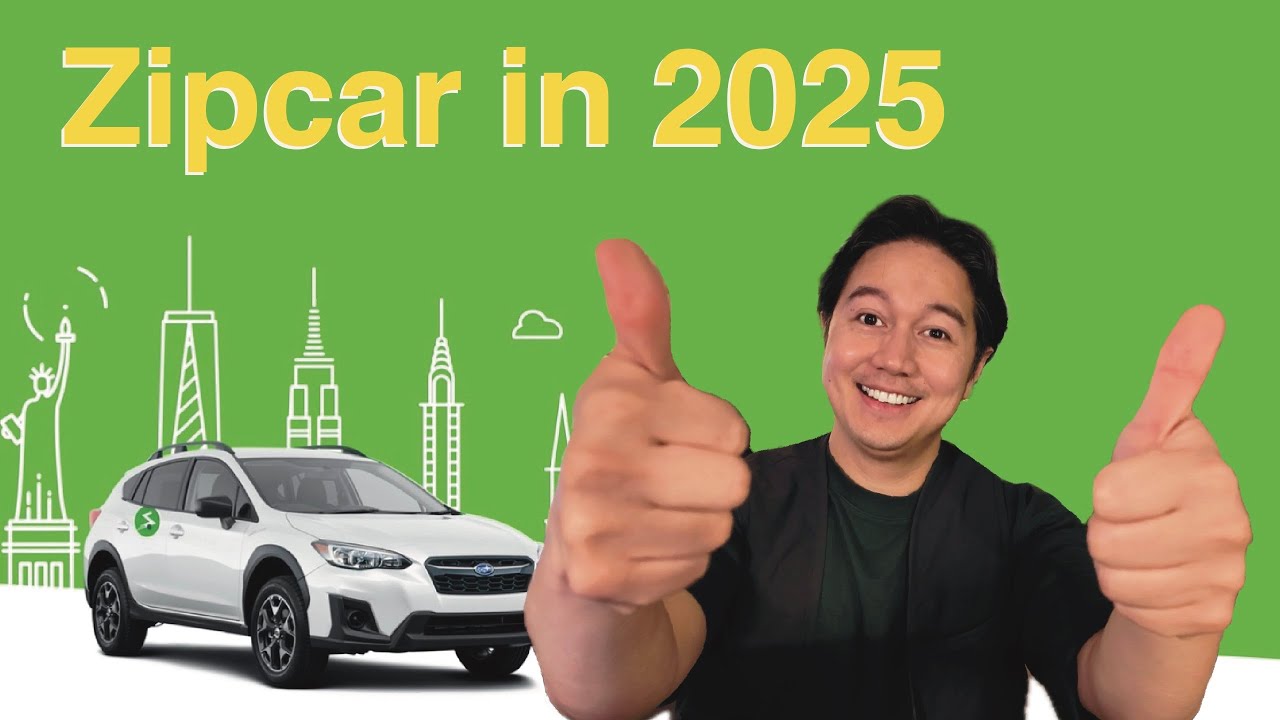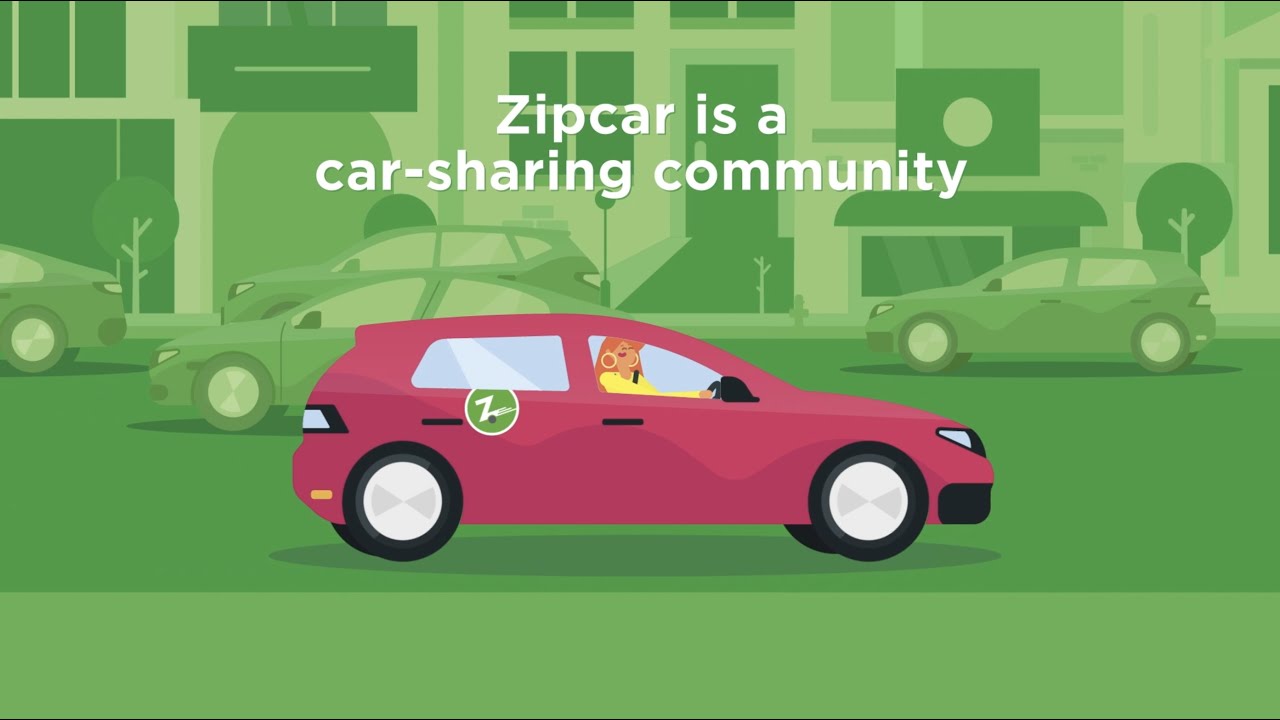The Rise of Zipcar in Urban Transport Solutions
Zipcar took its first breath in 2000, aiming to change the game of traditional vehicle ownership. With the urban population skyrocketing in cities like New York and Los Angeles, the need for better transportation solutions has never been more pressing. Today, as we stand in 2026, the rise of remote work and increasing environmental awareness have further entrenched Zipcar’s foothold in the transportation market. It’s not just about getting from point A to point B; it’s about adapting urban infrastructure to cater to a new generation seeking sustainability and efficiency, making Zipcar an essential part of urban transport ecosystems.
Cities have embraced Zipcar’s model as a beacon of change, promoting a shift away from the burdensome costs of car ownership. Instead of owning a car and paying hefty maintenance fees, many urban dwellers find solace in Zipcar’s flexible access. Whether it’s zipping off to work meetings or running errands, users can adapt their transportation needs to match their lifestyle, reducing their carbon footprint in the process. This flexibility is particularly appealing to younger generations who prioritize not just efficiency, but also a greener planet.
In combining convenience with environmental consciousness, Zipcar has resonated well with city planners and sustainability advocates alike. Urban areas are re-evaluating transport policies and implementing strategies that support car-sharing models. With fewer cars clogging the streets, cities can focus on improving public spaces and creating pedestrian-friendly sidewalks. It’s clear that Zipcar isn’t just part of the trend; it’s leading the charge in redefining urban mobility.
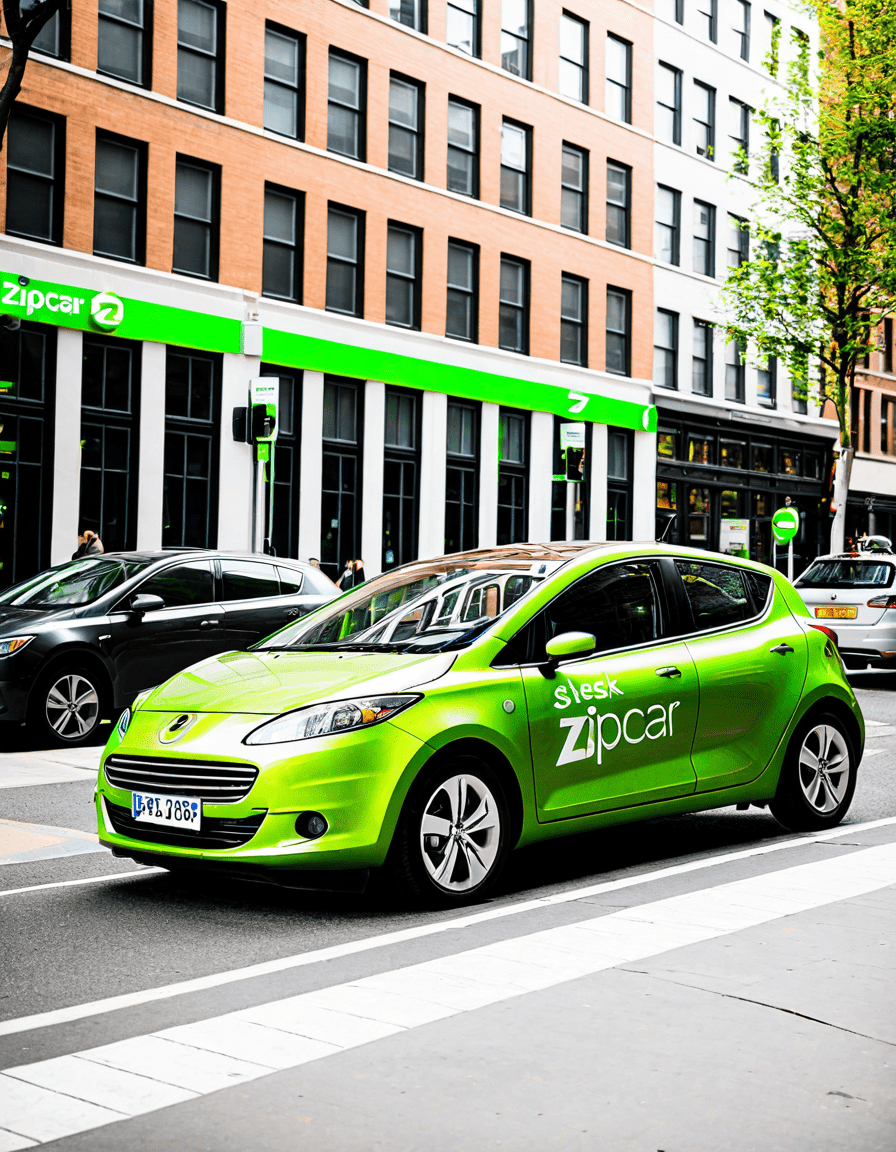
Top 5 Innovations by Zipcar That Transformed Car-Sharing
Zipcar took the leap into the digital age with app-based technology that lets users reserve and unlock vehicles right from their smartphones. This sort of instant access has made life easier for urban commuters who want convenience without the hassle of waiting for taxis or rideshare pickups. The competition with services like Uber and Lyft has never been fiercer, driving innovation across the board.
One thing that sets Zipcar apart is its impressive fleet of vehicles. From trucks to vans, users have the option to select vehicles that cater to their specific needs, whether it’s moving furniture or heading out for a weekend adventure. Having access to a variety of options makes Zipcar a flexible solution, allowing users to tailor their transportation to fit their plans.
Zipcar’s pay-as-you-go pricing catches the eye of many urban dwellers. Occasional drivers, college students, and even busy professionals appreciate not having to commit to monthly payments. With clear tiers and offers for extended rentals, affordability is a major draw.
By partnering with public transit systems like London’s Transport for London (TfL), Zipcar creates seamless transitions from trains or buses to car-sharing. This collaboration enhances urban mobility and curtails the reliance on personal vehicles, enhancing the overall efficiency of city transport.
Responding to the global climate crisis, Zipcar has made significant investments in hybrid and electric vehicles. As a cherry on top, their newly launched program in 2026 offers incentives for choosing electric vehicles, aligned with urban sustainability goals. Not only is this beneficial for Earth, but it also keeps users at the forefront of eco-friendly trends.
The Impact of Zipcar on Urban Livability
The influence of Zipcar transcends mere transportation; it reshapes the fabric of urban livability. By championing car-sharing, Zipcar reduces the necessity for individual car ownership, which in turn, alleviates traffic congestion. Studies reveal that cities experiencing a decrease in the number of vehicles see fewer emissions and more pedestrian-friendly environments. For instance, in cities like San Francisco and New York, significant drops in traffic flow correlate directly with the rise of car-sharing services such as Zipcar.
With less traffic, cities can repurpose roadways into parks or bike lanes, increasing overall quality of life. Younger generations clamoring for greener cities are championing organizations that focus on reducing urban sprawl and car dependency. This societal shift towards sustainability isn’t just a dream; it’s becoming a reality thanks to Zipcar’s efforts.
Moreover, these changes have ripple effects. Fewer cars mean more walking spaces, safer crossings for pedestrians, and areas where children can play without worry. The movement is palpable, and Zipcar stands at the helm, advocating for a more livable city environment. It’s a win-win for urban planners and everyday commuters alike.
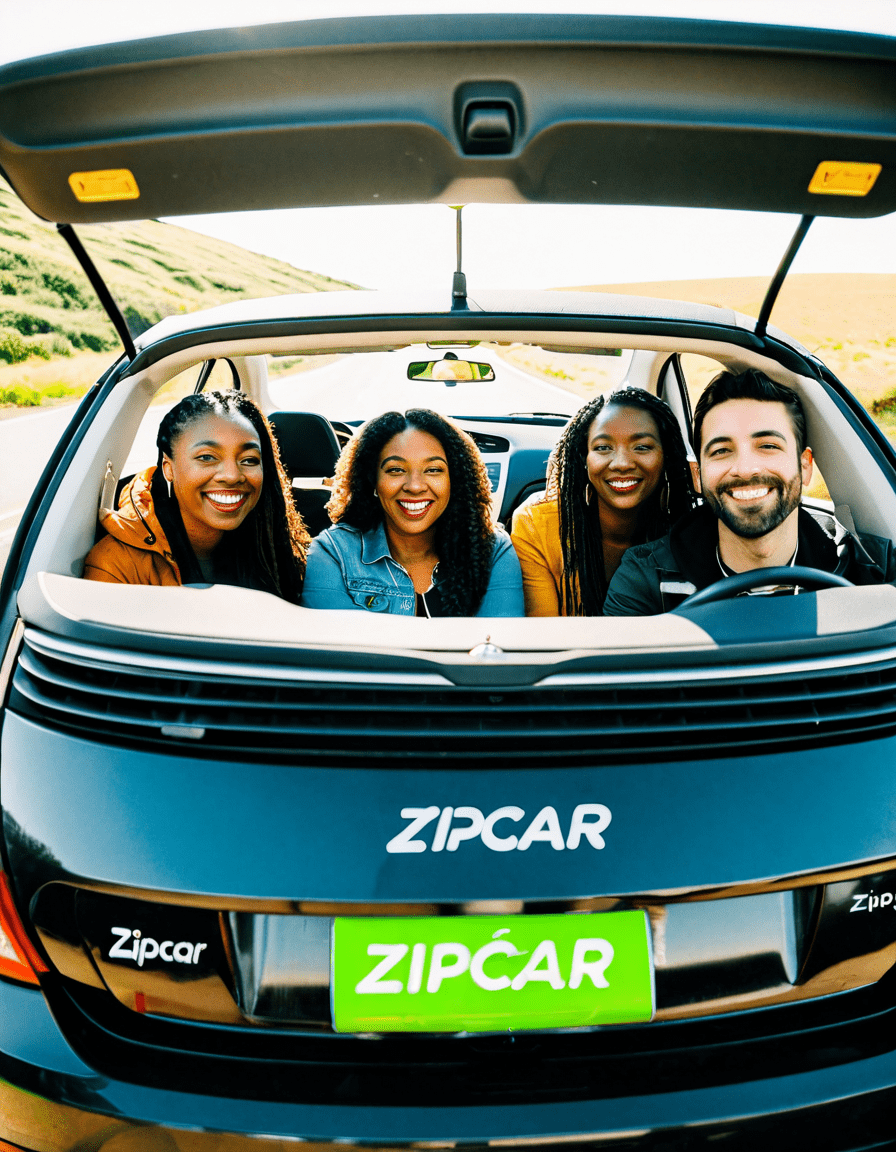
Real-Life User Testimonials: Zipcar’s Effect on Daily Commutes
Real-world accounts illuminate Zipcar’s impact on daily life in urban settings. Sarah, a tech professional in Austin, shared her experience using Zipcar as a convenient backup when her bicycle couldn’t do the trick. “Having a Zipcar around gives me peace of mind,” she says, emphasizing that it empowers her to explore the city without the headaches of car ownership.
Similarly, for college students like John in Boston, Zipcar provides crucial mobility during weekends. “I can drive up to the mountains or hit the beach with friends without worrying about the costs of owning a car,” John remarks. This flexibility transforms weekend plans, allowing students to explore and connect outside their university’s walls.
Stories like these highlight a broader trend among city dwellers utilizing Zipcar not only as a transport option but as a lifestyle enhancement tool. It lends freedom and flexibility while fostering friendships and experiences, proving that urban mobility can be both convenient and fulfilling.
The Future of Urban Mobility: Challenges and Opportunities for Zipcar
Despite its success, Zipcar confronts ongoing challenges, including the surge of micro-mobility devices like electric scooters and bikes. Urban landscapes are quickly adapting to these alternatives, pushing Zipcar to continually evolve its offerings. The emerging realm of autonomous vehicles offers an intriguing opportunity for Zipcar to innovate, integrating advanced technologies into their service.
To remain relevant, Zipcar is exploring strategic partnerships with tech companies developing self-driving technology. The long-term vision aims to ensure that Zipcar stays a competitive player in an increasingly sophisticated transport market. So, as urban preferences shift, Zipcar’s adaptability will prove crucial for continued success.
Also, while sustainability remains a focus, Zipcar must balance it with the introduction of these technologies. Many users still cherish the affordability and community feel of traditional car-sharing. The challenge lies in maintaining this while innovating for the future.
Wrapping Up the Zipcar Revolution
In summarizing Zipcar’s impact on urban transport, one can’t help but be impressed. This innovative service has redefined what car-sharing can offer in cities, bolstering convenience, sustainability, and accessibility. By consistently pioneering new ideas and embracing change, Zipcar not only meets the needs of today’s urban dwellers but aligns itself with global efforts to create a greener planet.
With each mile driven through their platform, Zipcar is more than just a transportation service; it’s aiding in reshaping our cities into more sustainable places for all. In this mobility revolution, Zipcar holds a bright future. Whether it’s through shifting preferences, collaboration with public transit, or incorporating electric vehicles, the company is ready for the journey ahead, making urban living synonymous with innovation and environmental stewardship.
For more information about Zipcar’s future endeavors or urban mobility trends, explore articles on Zipair and witness the journey unfold.
Zipcar: Revolutionizing Urban Mobility with Innovative Car-Sharing
A Fun Look at Zipcar’s Making
Did you know that Zipcar was founded back in 2000? It started with just a handful of cars but quickly exploded into a fleet that changes how we view urban transportation. In just two decades, this innovative service has gone from a simple concept to a titan in the car-sharing industry, much like how pop culture icons like Samantha Fox have made waves in their fields! Zipcar’s presence is felt in over 500 cities worldwide, making it a leader in sustainable travel solutions. This shift reflects a growing trend where people are opting to share rather than own, paralleling shifts seen in industries from music to real estate and even in discussions surrounding Homes in foreclosure.
Zipcar’s Impact on Eco-Friendly Commuting
Furthermore, Zipcar plays a significant role in reducing carbon emissions, allowing city folk to use cars more efficiently. Each shared vehicle can replace up to 13 individually-owned cars on the road. That’s a lot of room for those balloon arch displays popular at events! By providing flexible access to vehicles when necessary, it’s no wonder cities are adapting to this model. Just like the unique artistry seen in communities, the beauty of Zipcar is in its commitment to sustainability. And how about this? A report from the U.S. Public Interest Research Group reveals that car-sharing can save users an average of $500 per year compared to traditional car ownership, giving more freedom to spend on things like concerts or traveling instead of car payments.
The Future of Urban Mobility with Zipcar
Looking ahead, Zipcar continues to innovate with technologies that make it simple to access cars through mobile apps. As urban centers grow, the need for smart, efficient mobility solutions intensifies—much like how culinary techniques in the restaurant scene evolve! Together with partners and local governments, Zipcar is paving the way for future mobility solutions. The shift toward shared economy models mirrors other industries, bringing attention to figures like Lindsey Buckingham in music and Katie Price in reality fame; both have redefined how they engage with their audiences. With possibilities like electric vehicles on the horizon, Zipcar is continually adapting, much like the Future Devil concept that points to transformations captured by imagination and creativity.
In this vibrant tapestry of urban travel, Zipcar exemplifies how car-sharing can lead to a richer, more sustainable city life where we all benefit. So the next time you think about urban mobility, consider the groundbreaking shifts Zipcar is bringing to the table.
